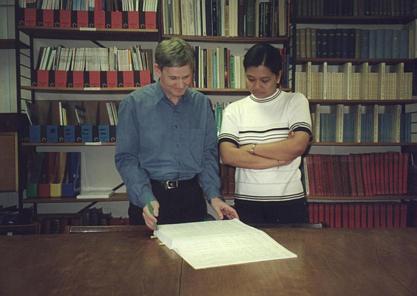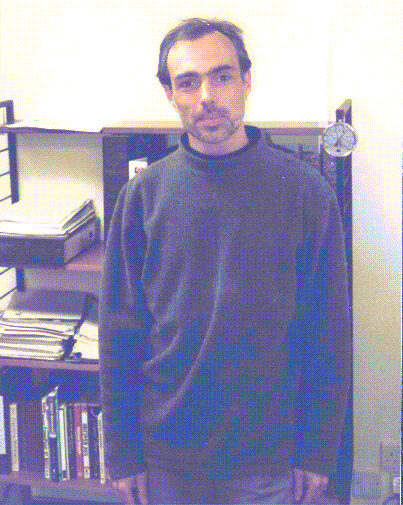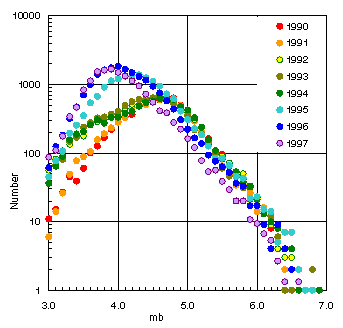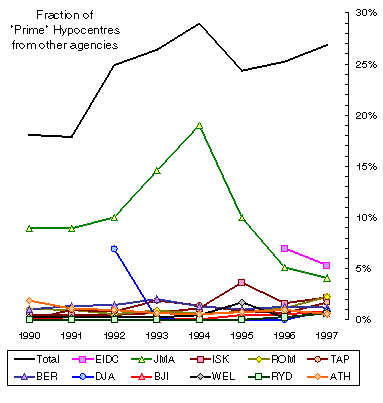New Seismologist to
Help Edit the Bulletin
Esmeralda Banganan joined the ISC in January, returning the editing staff to its strength before Alison Bird completed her appointment early last December.
Esmeralda earned her B.Sc. and M.Sc. degrees in physics and engineering at the University of the Philippines and brings 7 years of experience working in regional seismology and hazard analysis with the Philippine Institute of Volcanology and Seismology. She has had further training in global seismology in Tsukuba, Japan, in instrumentation and station siting with the CTBT Preparatory Commission in Vienna, Austria, and in seismic hazard analysis in courses sponsored by Kanto Gakuin University and GeoForschungsZentrum, Potsdam.
"Esmeralda is quick to learn, dedicated and careful", says senior seismologist Dmitry Storchak, "She spots problems right away, allowing time to investigate contact agencies and make corrections." For her part, Esmeralda is enjoying the ISC, but looking forward to summer, when she hopes that British weather might be a bit more akin to Manila's.







